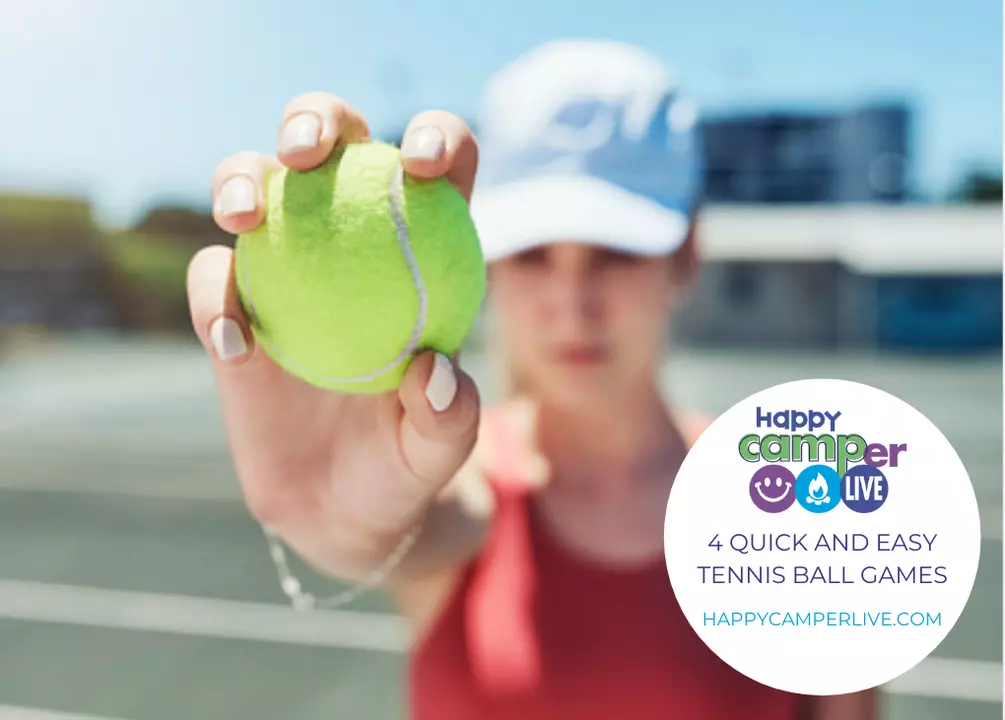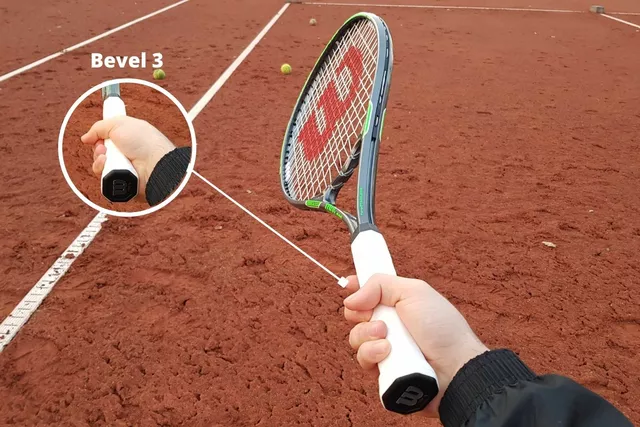Speed in Tennis – How to Play Faster and Smarter
Speed isn’t just about running hard; it’s about moving the right way at the right time. Whether you’re chasing a lob, returning a serve, or trying to hit a winner, a quick, efficient stride can be the difference between winning the point and watching it slip away.
Footwork Fundamentals
Start with the split step. As your opponent contacts the ball, push off the balls of your feet. This tiny hop pre‑loads your muscles and lets you explode in any direction. Pair it with short, choppy steps – think of a basketball defender, not a marathon runner. Practising ladder drills, cone shuffles, and side‑to‑side hops will train the muscles you need for those split‑second changes of direction.
Don’t forget balance. A low center of gravity helps you stay stable when you change direction. Bend your knees, keep your hips over your feet, and keep the racket up. When you feel unsteady, your reaction time drops, and you’ll miss the ball.
Serve Speed and Power
Serving fast starts with a proper Toss. A high, consistent toss gives you the room to generate racket head speed. Focus on a smooth, full‑body motion – legs drive, hips rotate, and shoulders follow. The kinetic chain matters: a powerful leg push transfers energy through the core and into the arm.
Strength training helps, but it’s not about bulking up. Works like medicine ball throws, plyometric push‑ups, and band rotations build the explosive power you need without sacrificing flexibility.
Finally, practice your serve with a timer or radar gun. Seeing real numbers motivates you to make tiny adjustments – a slightly higher toss, a tighter wrist snap – that add up to noticeable speed gains.
How Court Speed Affects Your Game
Not all courts feel the same. A fast hard court makes the ball skid and gives you less time to react. On slower surfaces like clay, the ball bounces higher and you have more seconds to set up your shot. Adjust your stance accordingly: on fast courts, stay light on your toes and be ready to shorten your swing. On slower courts, you can take a deeper backswing and focus on placement.
Understanding the court speed helps you choose the right shoes, too. Shoes with a low‑profile sole and good grip let you push off quickly on fast surfaces. For slower courts, a slightly cushioned sole can protect your joints during longer rallies.
Every time you step onto a new surface, spend the first few games feeling out the bounce and the pace. Notice how the ball reacts to spin and adjust your stroke length. Small tweaks in timing can keep you ahead of the ball regardless of court speed.
Speed in tennis is a combination of physical ability, technique, and adaptation to the environment. By mastering footwork, sharpening your serve, and learning how different courts affect ball speed, you’ll see faster reactions, tighter shots, and more confidence on the baseline. Give these drills a try in your next practice session and feel the difference in just a few weeks.

Is it possible to throw a tennis ball as fast as a baseball?
It is possible to throw a tennis ball as fast as a baseball, but it requires a special set of skills and technique. To achieve maximum speed, the thrower must generate enough power and torque to propel the tennis ball forward, while using a precise, accurate arm motion. The tennis ball's size and weight can also have an impact on its speed, making it important to choose the right ball for the job. With practice and the right techniques, it is possible to achieve speeds close to those of a baseball.
Detail



